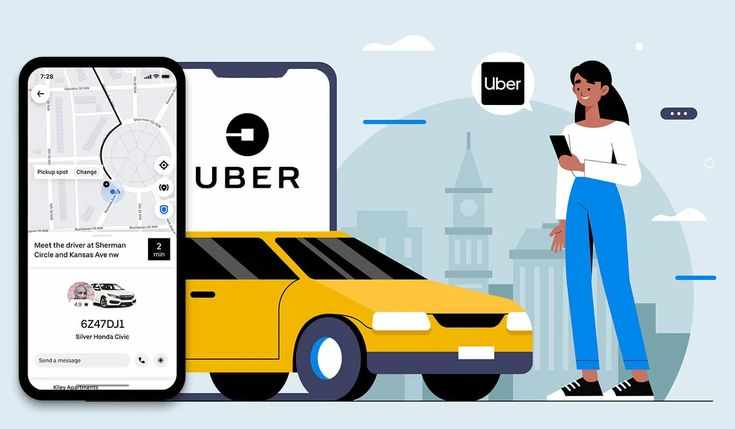
Overview: Building a Taxi App Like Uber and Lyft
The taxi app development cost in USA has become a crucial consideration for entrepreneurs and businesses looking to enter the lucrative ride-sharing market. With the global ride-hailing market projected to reach $230 billion by 2025, understanding the investment required for developing apps similar to Uber and Lyft is essential for making informed business decisions.
Creating a successful taxi app requires comprehensive planning, skilled development teams, and strategic feature implementation. The cost to develop taxi app like Uber varies significantly based on complexity, features, and development approach, making it vital to understand all contributing factors before beginning your project.
Modern ride-sharing applications have revolutionized urban transportation, with companies like Uber completing over 5 billion trips annually. This success has inspired countless entrepreneurs to explore Uber clone app development company options and understand the financial investment required for launching their own ride-hailing platform.
What Influences the Cost of a Taxi App in the USA?
Development Complexity and Platform Selection
The on-demand taxi app pricing in USA depends heavily on platform choices and development complexity. Basic taxi apps supporting single platforms (iOS or Android) typically cost $50,000-$80,000, while comprehensive cross-platform solutions can range from $100,000 to $200,000 or more.
Key cost factors include:
Platform selection (iOS, Android, or both)
User interface complexity and design requirements
Backend infrastructure and server architecture
Third-party API integrations
Geographic coverage and multi-city support
Feature Complexity and Integration Requirements
Custom taxi app development services pricing varies based on feature sophistication. Advanced features like real-time tracking, payment processing, and driver management systems significantly impact development costs. The Lyft-like app development cost typically includes passenger and driver applications, plus administrative dashboards.
Essential cost components:
Real-time GPS tracking and mapping
Secure payment gateway integration
Push notification systems
Rating and review functionality
Multi-language support for diverse markets

Development Team Location and Expertise
Best taxi app developers in the USA command premium rates due to their expertise and market understanding. Domestic development teams typically charge $100-$200 per hour, while offshore options may offer rates of $25-$75 per hour. However, choosing experienced developers familiar with US market requirements often provides better long-term value.
Development team considerations:
Local market knowledge and regulatory compliance
Experience with ride-sharing app development
Post-launch support and maintenance capabilities
Portfolio quality and client testimonials
Technical expertise in modern development frameworks
Must-Have Features in an Uber-like App
Passenger Application Features
Understanding how much does a ride-sharing app cost requires analyzing essential passenger features. These include user registration, ride booking, real-time tracking, payment processing, and rating systems. Each feature adds complexity and development time, directly impacting overall costs.
Core passenger features:
Streamlined registration and profile management
Intuitive ride booking interface
Real-time driver tracking and ETA updates
Multiple payment options and secure processing
Trip history and receipt management
24/7 customer support integration
Driver Application Components
The taxi app development cost must account for comprehensive driver application features. These include driver onboarding, earnings tracking, navigation integration, and vehicle management tools. Professional driver apps require sophisticated backend systems for dispatch management and performance monitoring.
Essential driver features:
Driver verification and document management
Real-time ride requests and acceptance
Built-in navigation and route optimization
Earnings tracking and payment processing
Vehicle inspection and maintenance reminders
Performance analytics and feedback systems
Administrative Dashboard Requirements
Uber mobile app development cost includes comprehensive administrative panels for fleet management, analytics, and customer support. These dashboards provide crucial business insights and operational control necessary for successful ride-sharing operations.
Admin panel features:
Real-time fleet monitoring and management
Comprehensive analytics and reporting
Customer support ticket management
Driver performance evaluation tools
Pricing and promotion management
Regulatory compliance monitoring
Why Use AI in Taxi App Development?
Enhanced Route Optimization and Efficiency
AI-powered ride-hailing app development incorporates machine learning algorithms for dynamic routing, demand prediction, and pricing optimization. These technologies significantly improve operational efficiency and user experience while reducing operational costs.
AI benefits include:
Predictive analytics for demand forecasting
Dynamic pricing based on real-time market conditions
Intelligent driver-passenger matching
Automated customer support through chatbots
Fraud detection and security enhancement
Competitive Advantage and Market Positioning
The cost to develop a ride sharing app like Lyft with AI capabilities may be higher initially, but provides substantial long-term advantages. AI-powered features differentiate your platform from competitors and create superior user experiences that drive customer loyalty and retention.
Strategic AI advantages:
Personalized user experiences and recommendations
Predictive maintenance for vehicle fleets
Advanced safety features and incident detection
Market trend analysis and business intelligence
Automated operational optimization
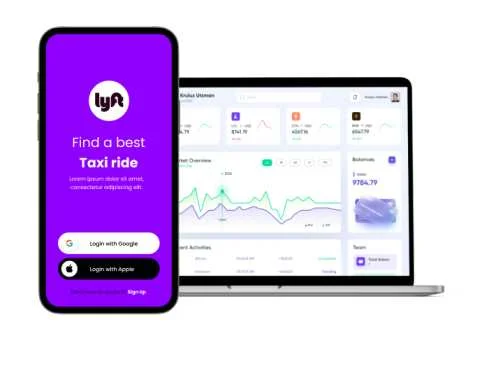
Development Timeline and Process
Planning and Design Phase
The Lyft clone app development cost includes comprehensive planning and design phases typically lasting 4-6 weeks. This phase involves market research, feature specification, user experience design, and technical architecture planning.
Development phases:
Market research and competitor analysis (2-3 weeks)
Feature specification and requirement gathering (2-3 weeks)
UI/UX design and prototype development (3-4 weeks)
Technical architecture and database design (2-3 weeks)
Development and Testing
Core development typically requires 4-6 months for comprehensive taxi applications. This timeline includes frontend development, backend infrastructure, third-party integrations, and extensive testing across multiple devices and operating systems.
Development milestones:
MVP development and core feature implementation (8-12 weeks)
Advanced feature development and integration (6-8 weeks)
Quality assurance and testing (4-6 weeks)
Beta testing and user feedback integration (2-3 weeks)
Launch and Post-Launch Support
Contact taxi app developers during planning phases to understand ongoing support requirements. Post-launch maintenance, updates, and scaling typically cost 15-20% of initial development costs annually.
Post-launch considerations:
App store optimization and marketing
Performance monitoring and analytics
Regular updates and feature enhancements
Customer support and maintenance
Scaling infrastructure based on user growth
Strategic Considerations for USA Market
Regulatory Compliance and Legal Requirements
Developing taxi apps for the USA market requires understanding local regulations, licensing requirements, and insurance obligations. These compliance requirements vary by state and city, affecting development costs and launch timelines.
Compliance factors:
Local transportation authority requirements
Insurance and liability coverage
Background check and driver verification systems
Data privacy and security regulations
Accessibility compliance (ADA requirements)
Market Competition and Differentiation
The USA ride-sharing market is highly competitive, requiring strategic differentiation through unique features, superior user experience, or specialized market focus. Understanding competitive positioning affects feature selection and development priorities.
Differentiation strategies:
Specialized services (luxury, eco-friendly, accessibility)
Unique pricing models or loyalty programs
Superior customer service and support
Advanced technology integration
Local market expertise and partnerships
Conclusion
The taxi app development cost in USA represents a significant investment ranging from $100,000 to $300,000 or more, depending on complexity, features, and development approach. Understanding these costs and factors enables informed decision-making for successful ride-sharing app development.
Successful taxi app development requires balancing feature complexity with budget constraints while ensuring market competitiveness and regulatory compliance. Custom taxi app development services provide expertise and guidance throughout the development process, helping optimize costs while delivering high-quality solutions.
The ride-sharing market continues evolving with technological advancements, regulatory changes, and shifting consumer preferences. Investing in professional development teams and comprehensive planning ensures your taxi app meets market demands and achieves long-term success.
Key takeaways for taxi app development:
Comprehensive planning reduces development costs and timelines
AI integration provides competitive advantages and operational efficiency
Regulatory compliance is essential for USA market entry
Professional development teams deliver superior results and ongoing support
Post-launch optimization and scaling require ongoing investment
Ready to transform your taxi app vision into reality? Contact taxi app developers today for a comprehensive consultation and customized development quote. Our experienced team specializes in creating successful ride-sharing applications that compete effectively in the USA market while delivering exceptional user experiences and operational efficiency.





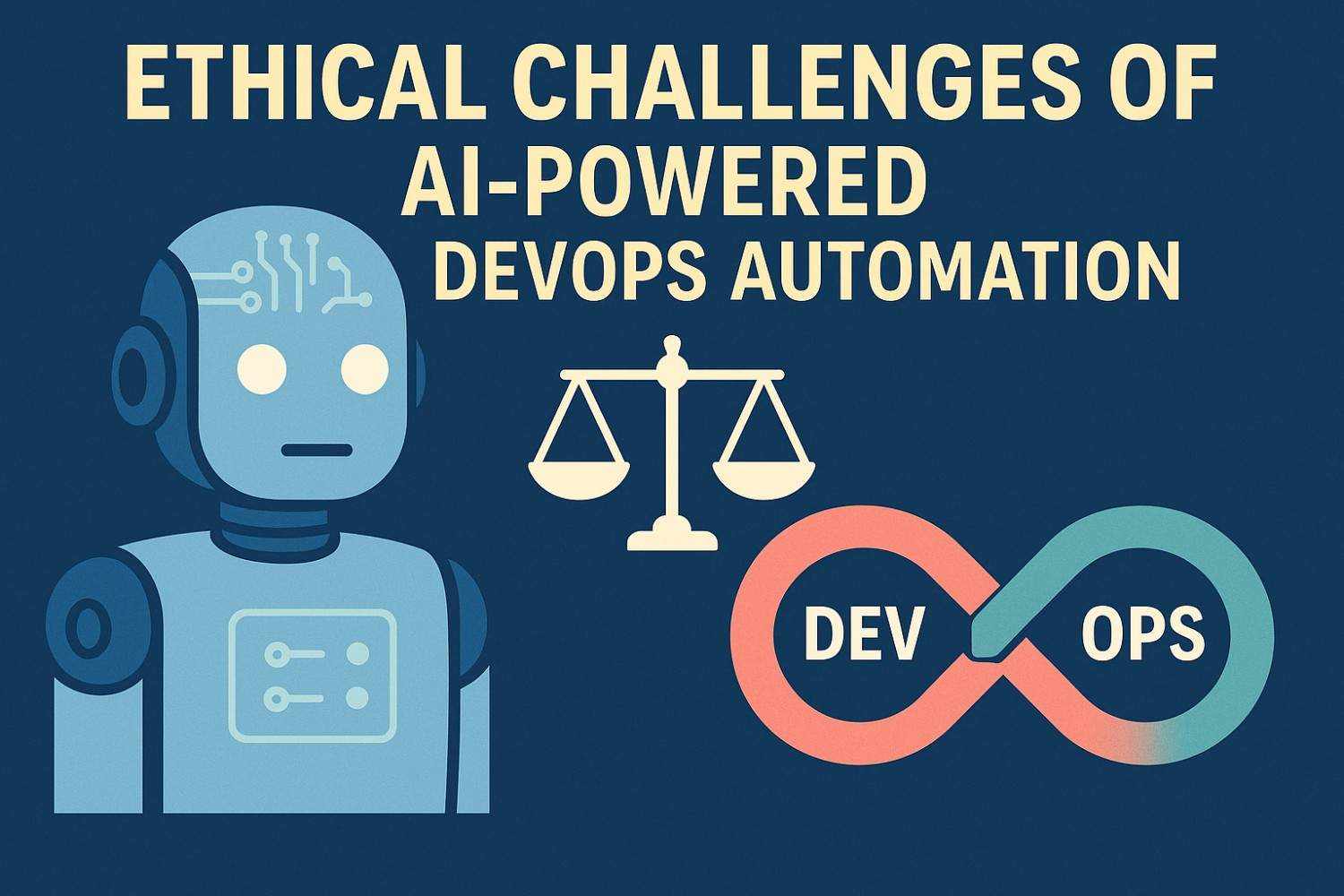
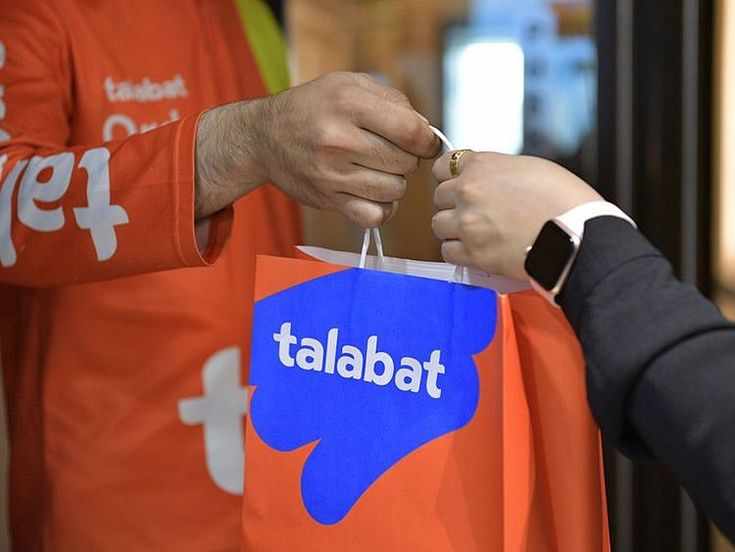
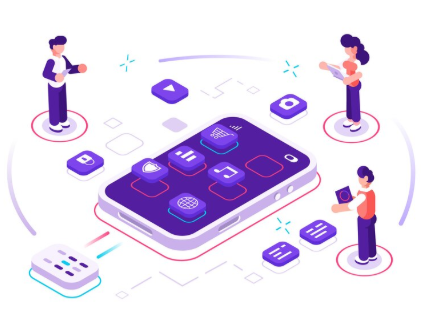
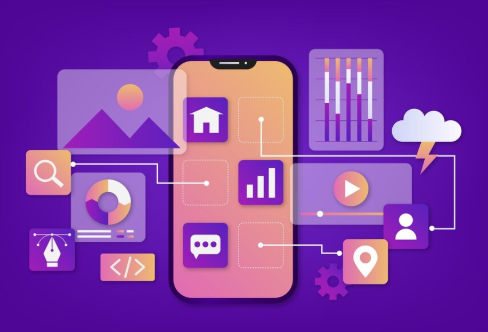

Write a comment ...